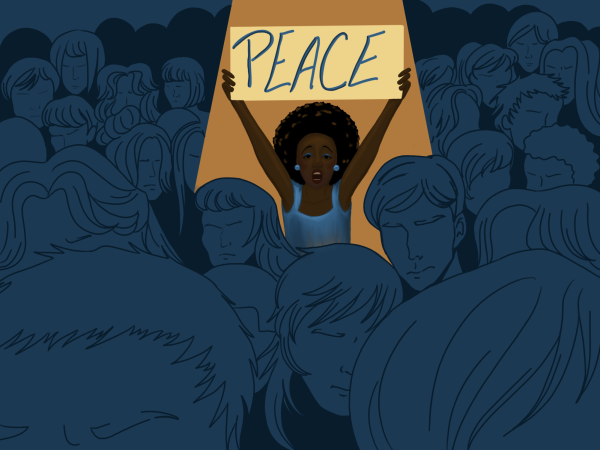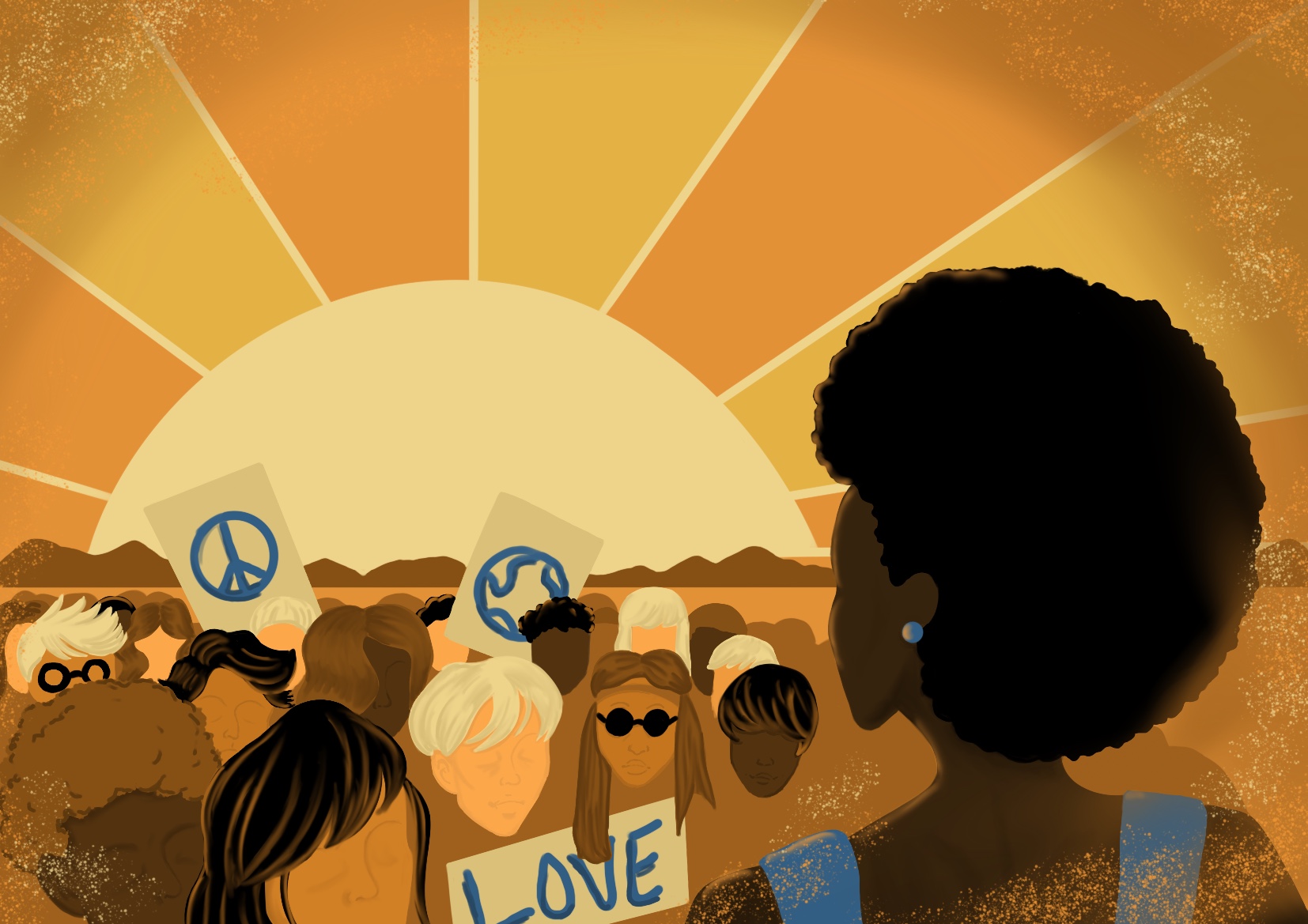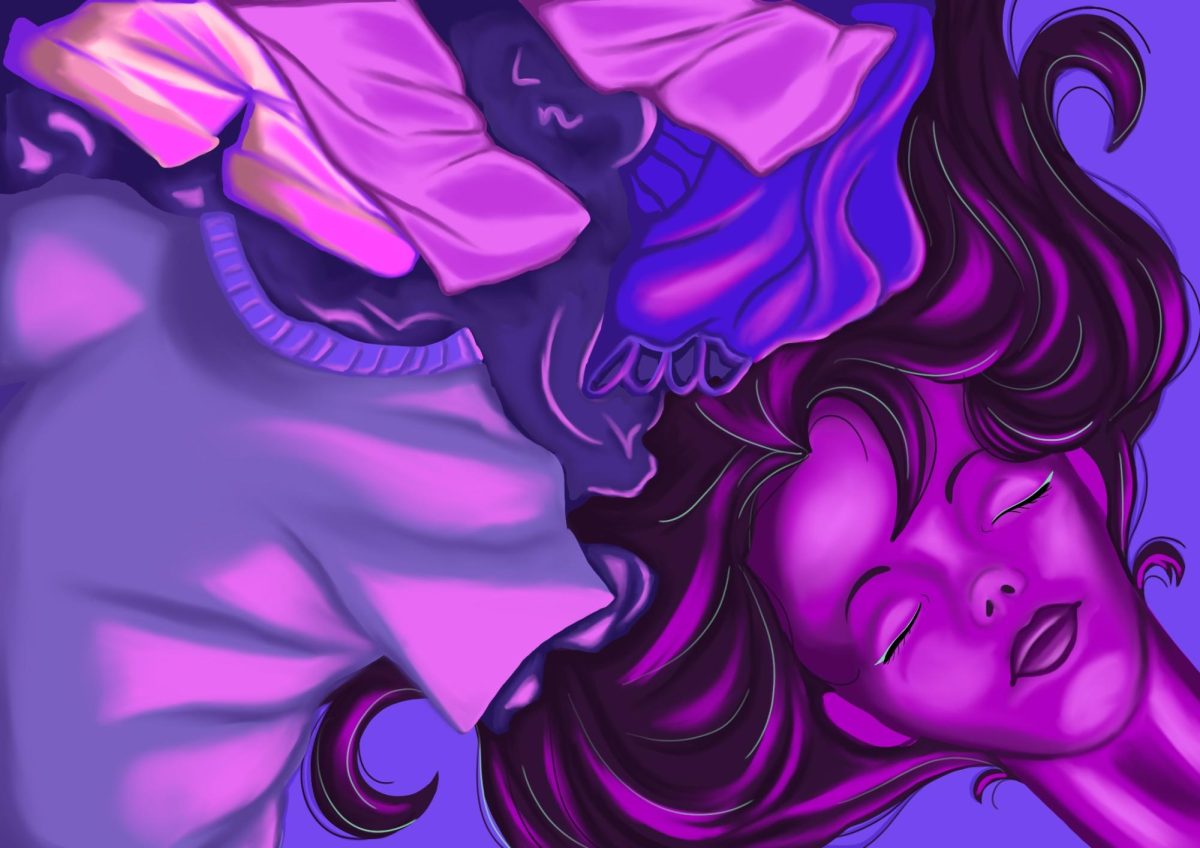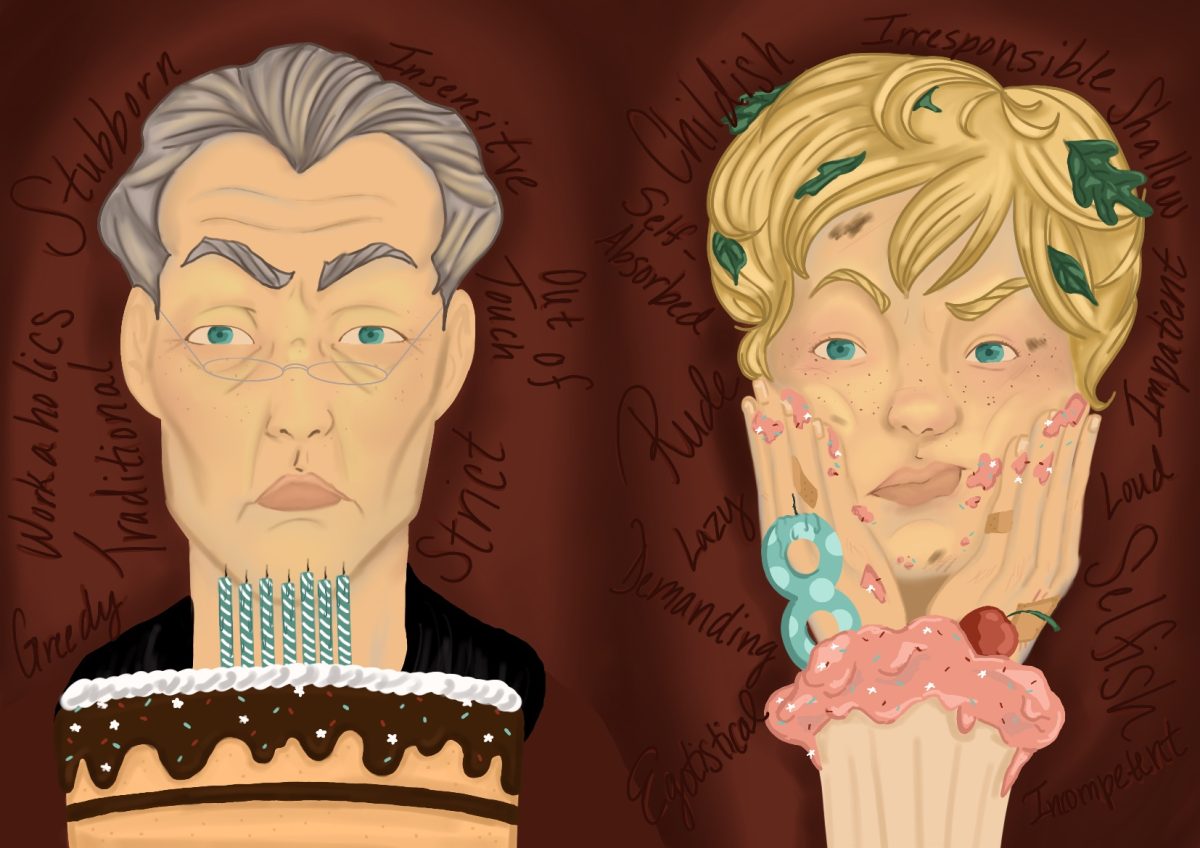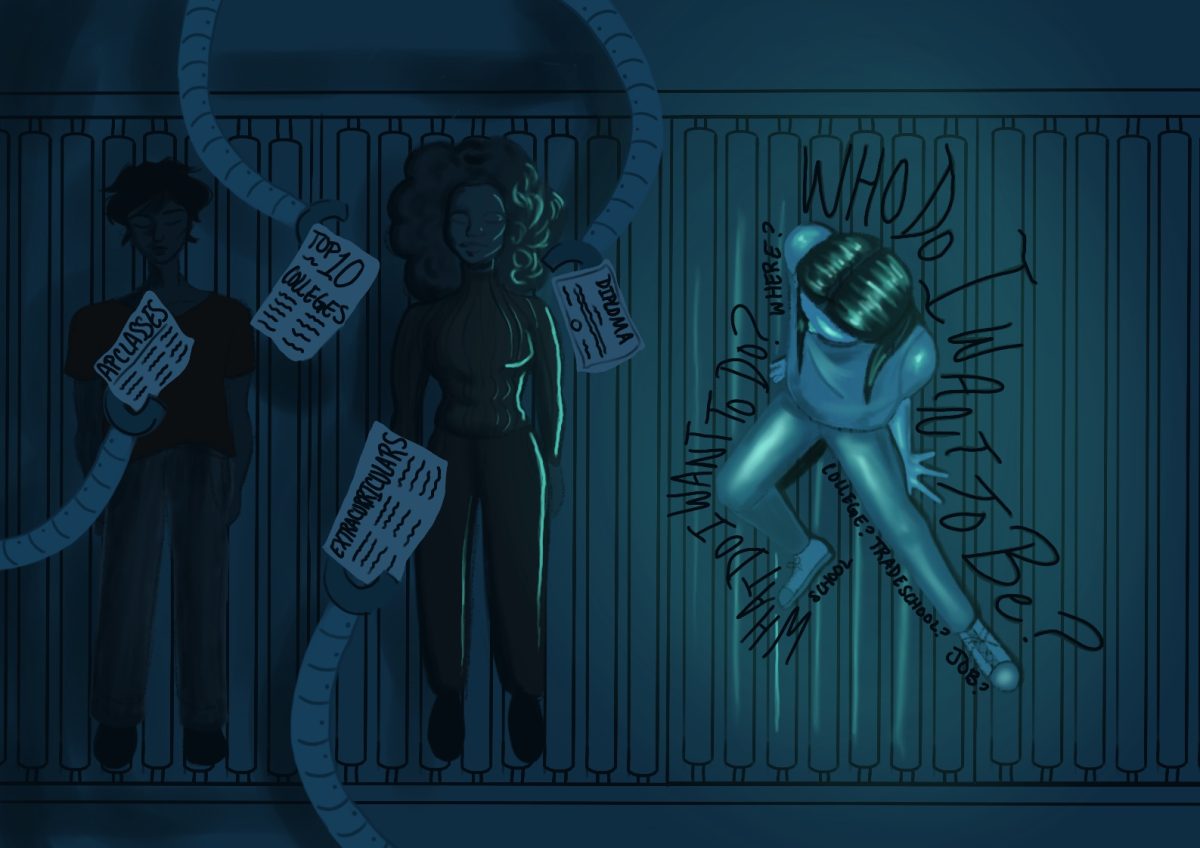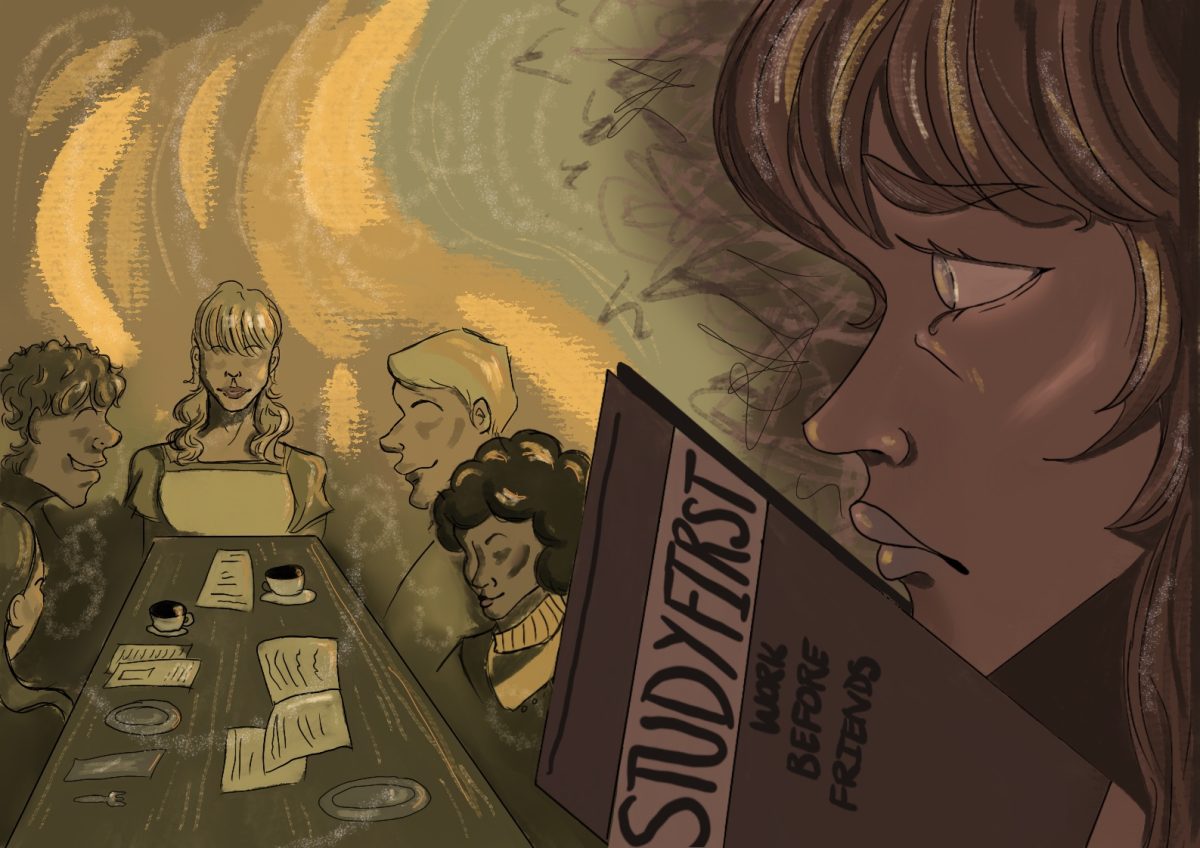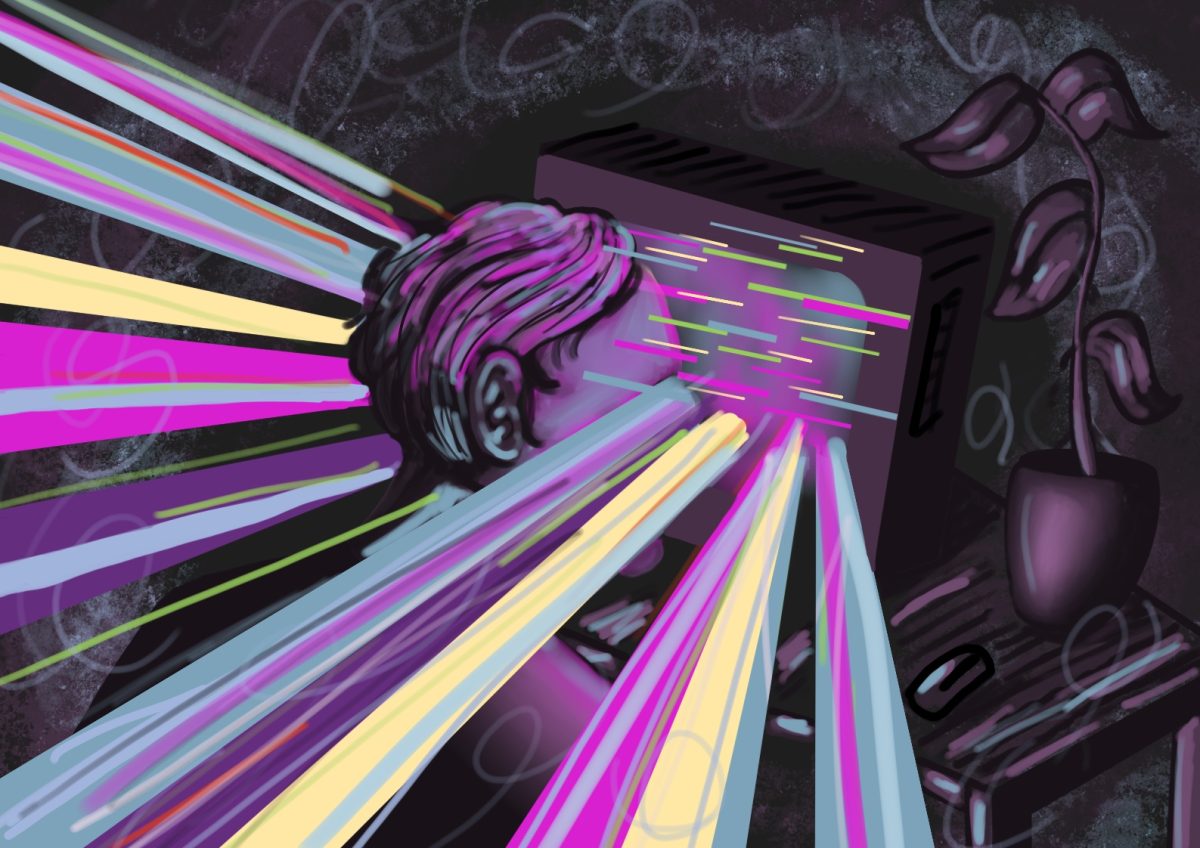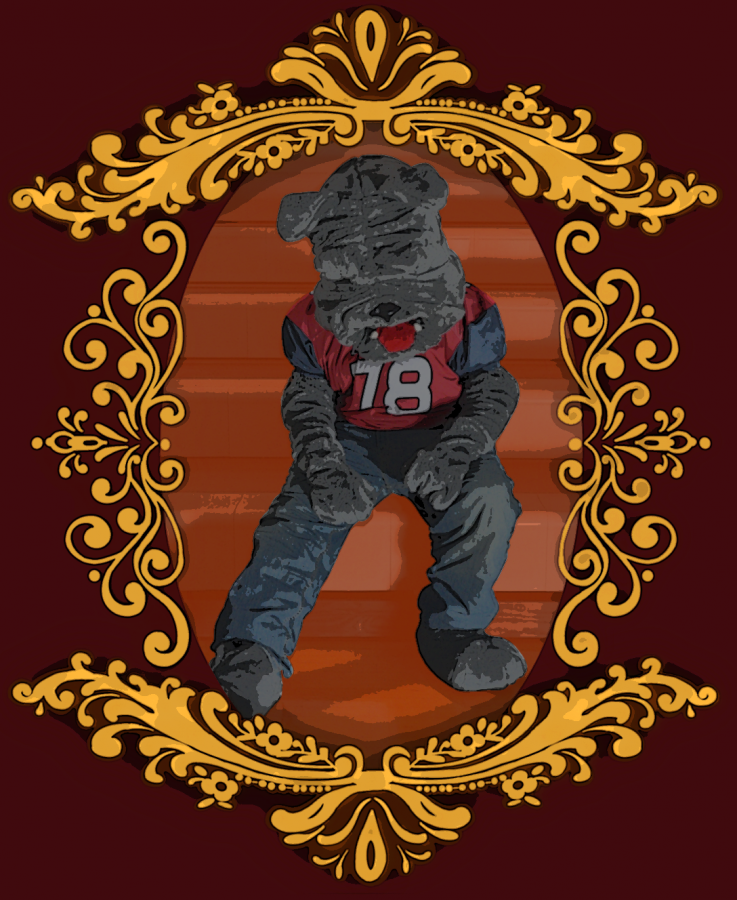“Give a hoot; don’t pollute,” was the famous catchphrase of the 70s cartoon character Woodsy Owl, inspiring young children to cherish nature. Woodsy was born from a large rally fighting for environmental awareness, showing the outcomes of activism in real time.
The 1970s was a time of protests; every citizen fought for what they believed were their deserved rights. After the Watergate scandal of 1972, there was widespread federal government backlash, granting momentum to political movements. Conservative protests included forsaking highway speed limits, desegregation plans, high taxes, and environmental regulations. Conservatives did not appreciate what they called “government meddling,” and formed what political strategists titled the “silent majority.” This group voted Republican President Richard Nixon into office. During his presidency, Nixon abolished welfare programs passed before his place in office, as well as publicly disapproving of desegregation plans.
In stark contrast to conservatives, liberals fought for LGBTQ+ rights, environmental protection, women’s rights, and racial equality. After many years of protests, Congress passed the Equal Rights Amendment (ERA) in 1972. This act prohibited discrimination on the grounds of gender or legal sex. Conservatives felt that this threatened traditional gender roles, protesting against the states that ratified it. Indiana was the last state, 35 out of the 38 states needed to have the amendment officially passed, to approve the ERA. Afterward, feminists were discouraged from protesting and instead created community centers, women’s health collectives, abortion clinics, and many more.
During this time, the Chicano and Red Power movements took a steadfast hold on American society. The Chicano movement focused on Mexican-American rights, aiming to grant better labor conditions and equality. Red Power, on the other hand, was centered on Indian-American rights, speaking for self-determination, autonomy, and better living conditions. Despite his reservations about ethnic groups, Nixon doubled aid to all-black colleges, as well as issued an order to prevent segregated colleges from paying taxes.
The 1969 Stonewall Riots gave birth to large-scale gay liberation protests, gaining considerable political power. 1970 marked America’s first Pride parade, held in New York City. Achievements continued to be made in favor of queer citizens, with Harvey Milk, the first openly gay mayor, being elected into San Francisco’s office. In 1979, approximately 100,000 people participated in the first National March on Washington for LGBTQ+ rights.
The same year as Milk’s election, the first Earth Day was celebrated on April 22, after protests against water and air pollution. Congress passed the National Environmental Policy Act shortly after, which requires federal agencies to consider the environmental impact their decisions may have before they make them. The Endangered Species Act and Clean Water Act were passed not much later.
The largest protest was the Anti-War Movement, which took place after the U.S. invasion of Cambodia. The crowd was so large that they had to shut down college campuses, streets, and businesses. May 4, 1970, marked the Kent State Shooting; four Kent University students were shot and killed by National Guardsmen during an anti-war rally. Mississippi’s Jackson State University experienced a similar loss during a similar event, with police officers shooting two black students. During this time, Congress attempted to limit Nixon’s influence on the war, taking into consideration the aggressive backlash. Nixon responded by ignoring them, even when the New York Times released the “Pentagon Papers” in 1971. The “Pentagon Papers” questioned the government’s reasons for the war, sparking even bigger protests. However, American troops did not evacuate until 1973.
These protests paved the way for the younger generations to speak their minds freely. Since then, there have been thousands of citizens all over the world marching for their cause; the Jeans Revolution in Belarus, fights against tourism in many European countries, and pro-Palestine protests, along with much more.
With every failure, there were ten more successes in fighting for freedom and equality. The 1970s was a time of action. Everyone realized that they had a voice, and that voice could be heard by someone at the top of the social hierarchy. No matter how violently they tried to quiet the crowds, the screaming for America’s promised rights never ceased; the freedom to pursue a life of liberty, justice, and happiness.
